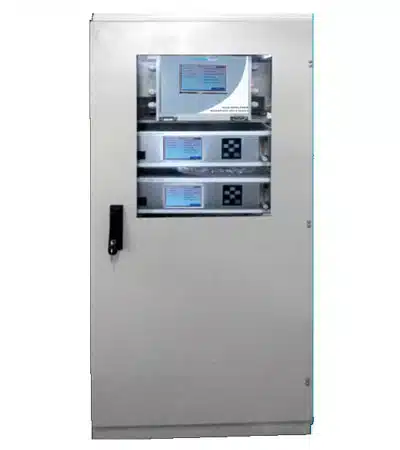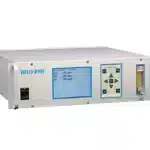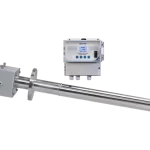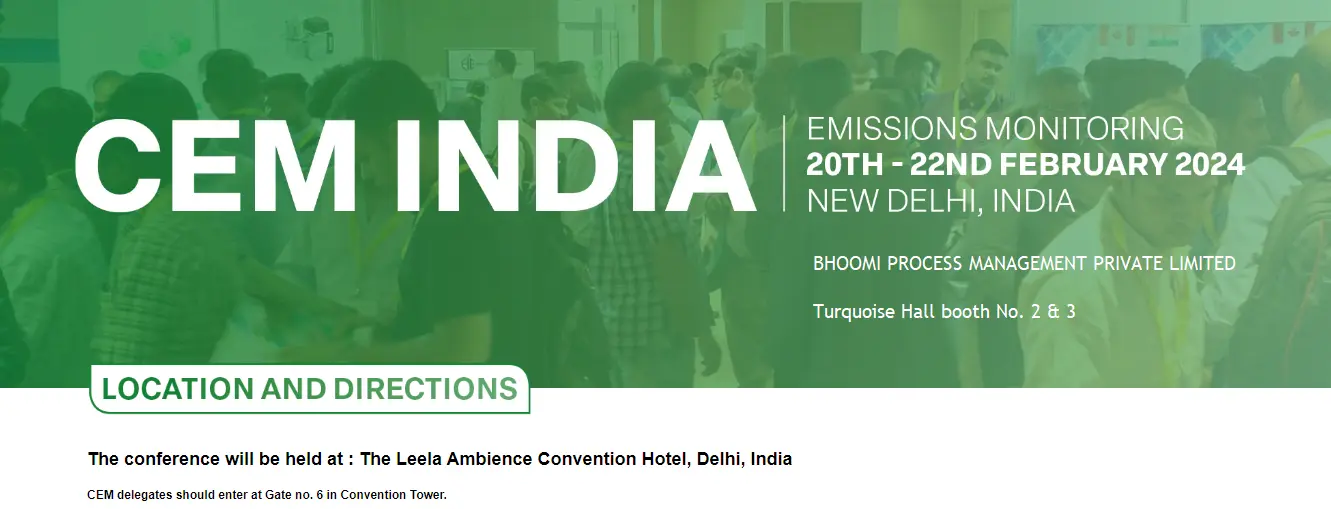Best practices for Calibration and maintenance of CEMS
Continuous emission monitoring systems (CEMS) are highly important tools in industrial operations that help businesses to comply with established emission guidelines and regulations. However, proper calibration and maintenance of CEMS is necessary to ensure accurate data collection and long-lasting functionality. Here, we share some of the best practices to follow when it comes to calibrating and maintaining these devices.
- Calibration:
Daily checks: Some checks, such as span and automated zero checks should be performed every day to identify and address any drifts in the system.
Quarterly audits: More extensive checks should be performed once in every quarter. Certified calibration gasses have to be used to verify the accuracy of the results shown by the CEMS.
Documentation: Detailed record-keeping and documentation is essential when it comes to all calibration operations. So, it is important to note down the date of calibrations, the concentration of gasses used in these calibrations in the continuous emission monitoring system.
These are automatically done by the Bhoomi’s CEMS which are connected with the cloud server, enabling the company to analyze data sitting in the control room/ high offices. - Maintenance:
Preventive maintenance: Preventive maintenance is the process of scheduling maintenance before a major issue can crop up in the system. Preventive maintenance involves inspecting and repairing all parts of CEMS, including analyzers, samplers, data acquisition systems and more. Workers will have to undertake filter changes, leak checks and routine cleaning of the components during these schedules.
Training: Personnel who work with CEMS should have proper training in its operation and maintenance procedures. So, they should know about the calibration process to follow, along with any data interpretation and troubleshooting necessary.
Record-keeping: Just like in calibration of CEMS, detailed documentation is key when it comes to maintenance of these systems. The details should include the date of maintenance, name of parts replaced if any and specific tasks performed during the maintenance. Bhoomi imparts training to the client on site and also undertakes AMC/CMC contracts so that the client can focus more on their regular duty. - Additional tips:
Data validation: Industries have to implement data validation procedures to identify and address any anomalies in CEMS data.
System audits: They should perform regular internal audits of CEMS to ensure compliance with regulations and best practices.
Stay informed: Keeping up-to-date with regulatory changes and industry best practices for CEMS operation and maintenance can be highly valuable.
Bhoomi’s CEMS does these validation checks and its diagnostic features updates clients with health status of the CEMS
Looking for a Continuous Emission Monitoring System?
Explore our Continuous Emission Monitoring Systems. We offer a wide variety of CEMS models that are suited to different applications. The Agasthya 2013 Series Continuous Emission Monitoring System BI 7000 NDIR and Agasthya 2013 Series Continuous Emission Monitoring System BI 7000 TDLS, Agasthya 2013 Series Continuous Emission Monitoring System BI 7000 NDUV etc are just some of the variants we have. You can also opt for our portable CEMS, such as the Agasthya 2017 Series Portable Emission Analyzer BI 7000P for convenience and easier usability.



